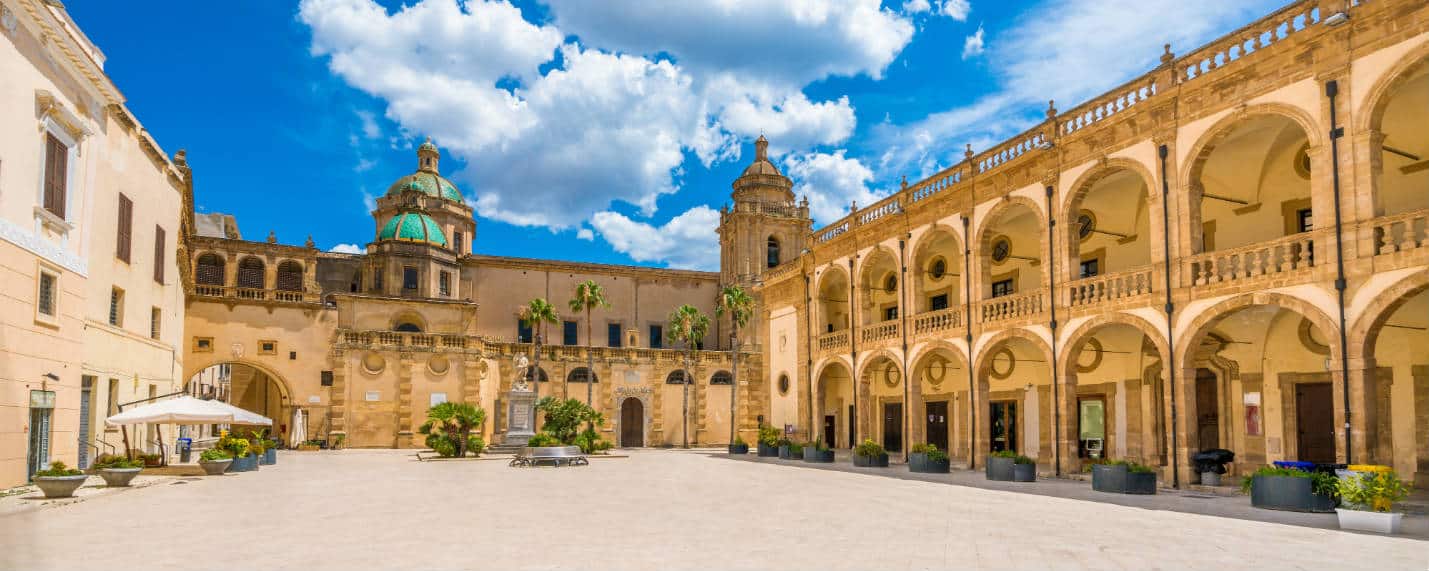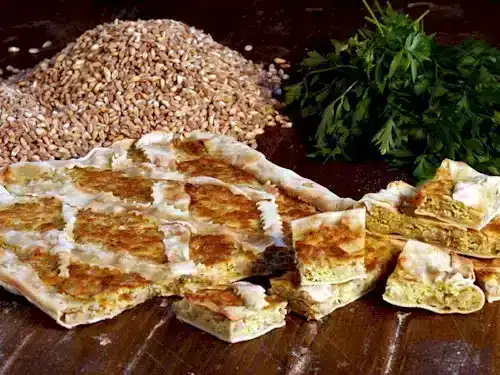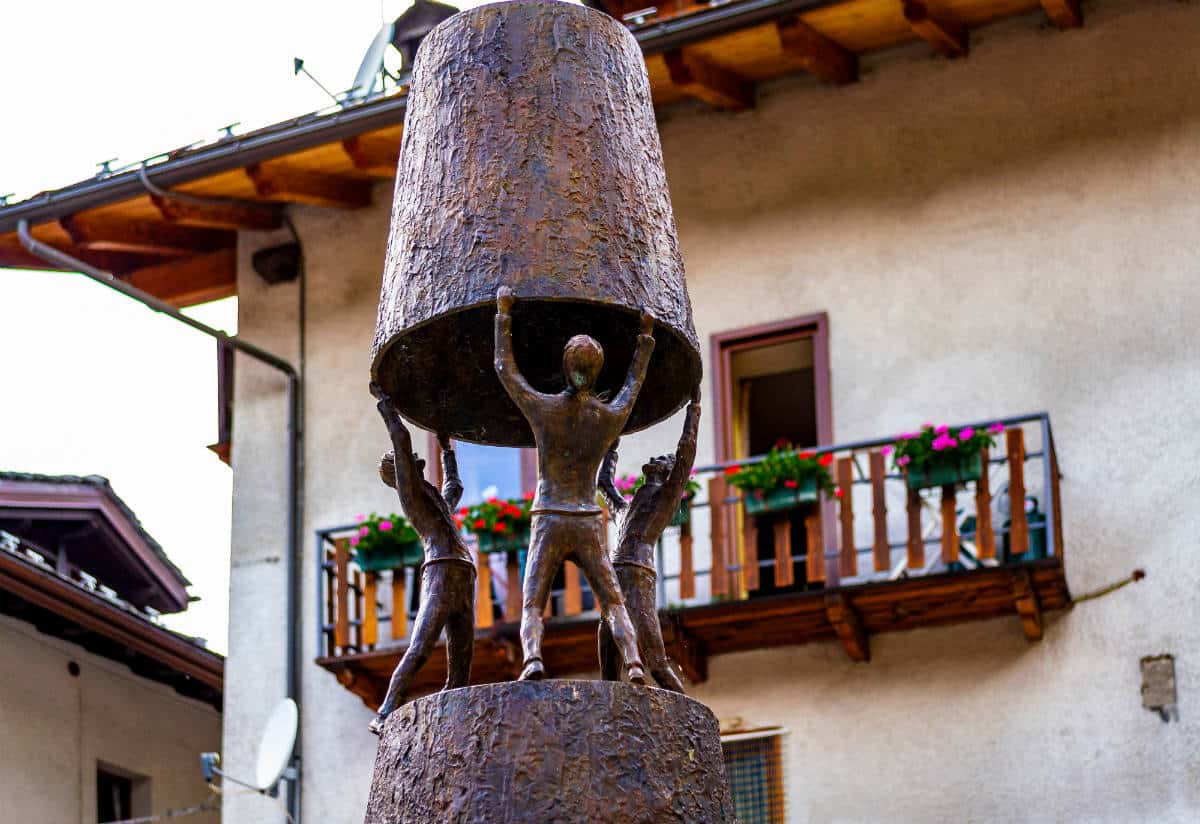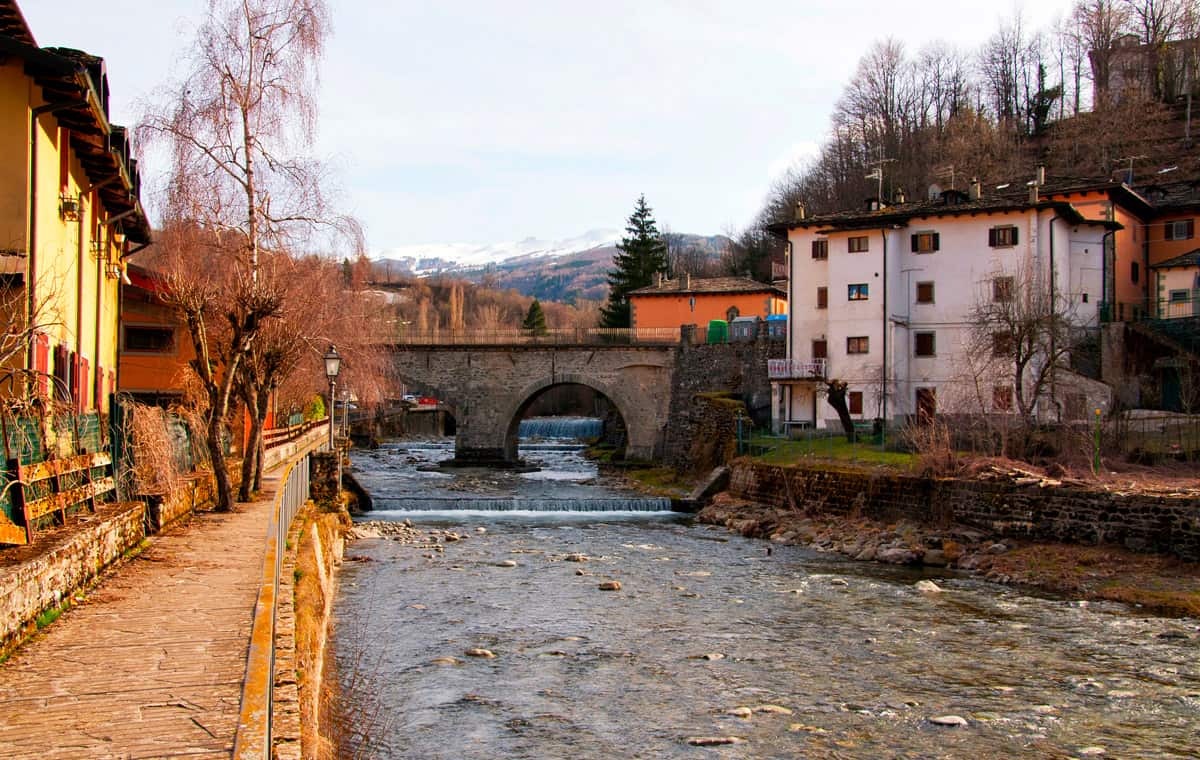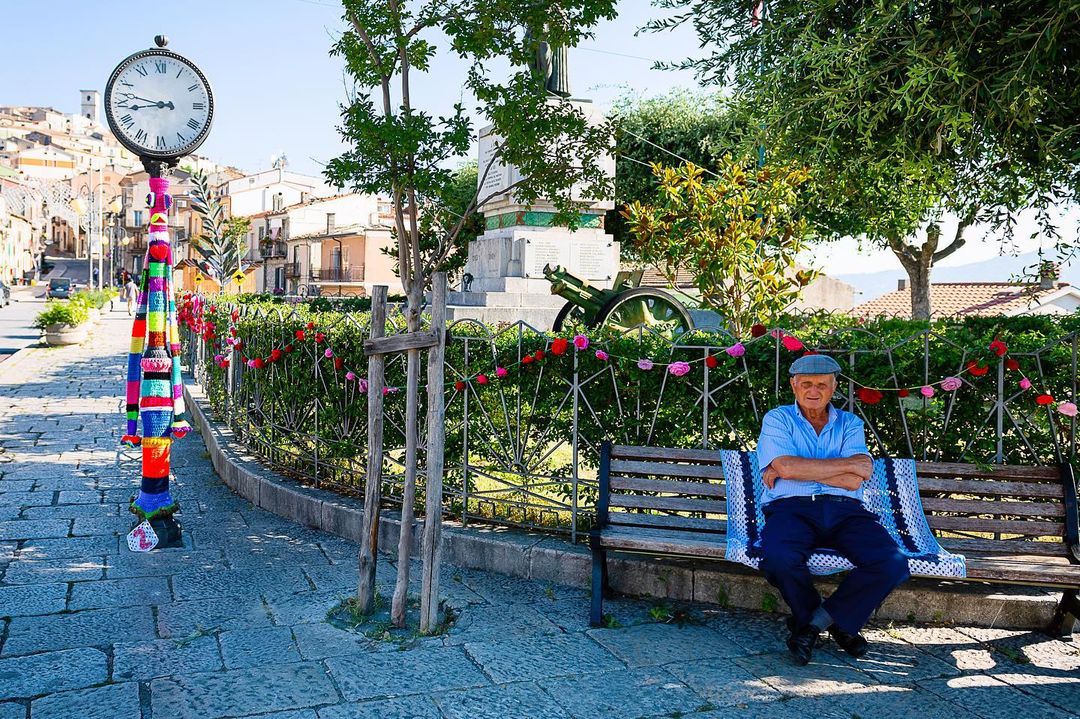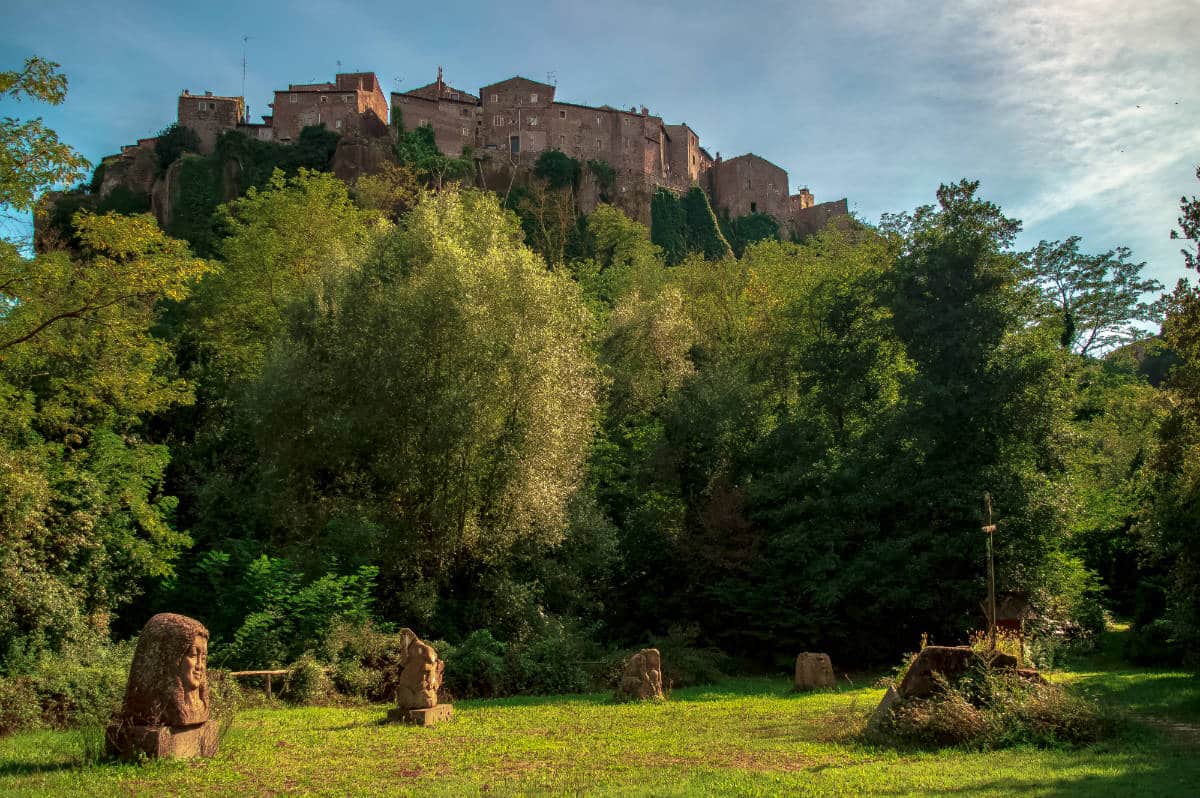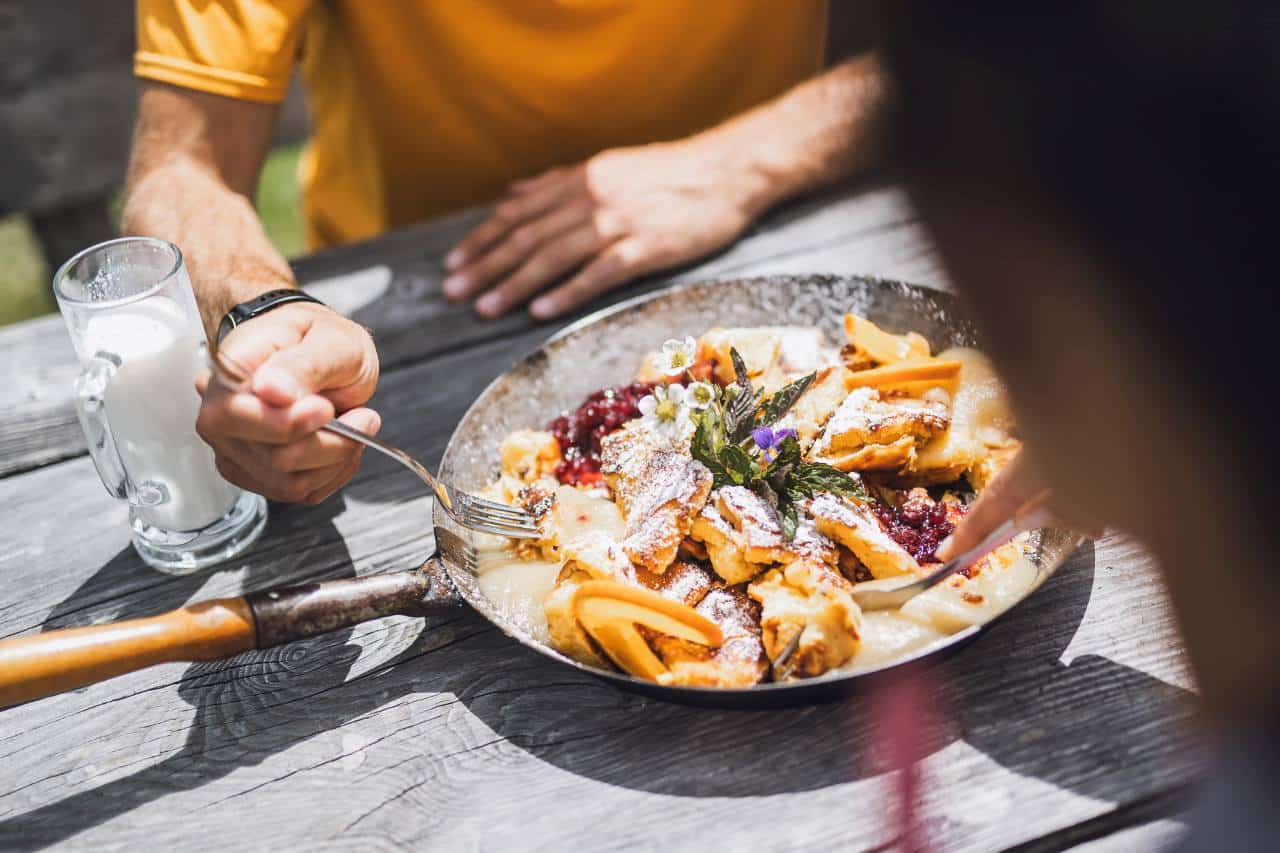Sicilia’s food and wine tradition is equal to its immense historical and artistic heritage: the Arab domination of our island in the past has left behind not only churches and palaces but also tasty foods that are now linked to our deeply felt religious festivals. This is the case with Sfincia di San Giuseppe, which, although it must be eaten on 19 March, can be found in Sicilian pastry shops all year round.
The origin of Sfincia di San Giuseppe
The Sfincia di San Giuseppe is, like the cannolo and cassata, one of the Sicilian sweets par excellence and its area of origin is Western Sicilia, specifically between the provinces of Trapani and Palermo.
Its name derives from the Latin spongia, or sponge, referring to its aerated dough and rather irregular shape: the Fincia, which has also been declared a Traditional Italian Food Product, is a kind of strictly fried cream puff, filled with ricotta cream, candied fruit and chocolate drops.
On the morning of 19 March, wandering through the alleyways of our villages, from Mazara del Vallo and Levanzo to Erice, Cefalù and Brolo, you can’t help but smell the aroma of these sweets, which come in two versions: the stuffed version called maritata, and the straight version, which has ricotta cream only on the outside.
The origins of the Sfincia, which is also mentioned in the Koran and the Bible, are ancient and probably Arabic: the typical honey-covered breads eaten in Arabia were apparently perfected by the nuns of the Monastery of the Stigmata di San Francesco in Palermo. The recipe was then handed down to the city’s confectioners, who dedicated the Sfincia to St Joseph, the father of Jesus Christ, who was as humble as the raw materials used to make this typical dish.
Legend has it that St Joseph, in order to support Mary and Jesus after they hid in Egypt to escape Herod’s persecution, started selling pancakes: hence the link between Sfincia and St Joseph.
The recipe for Sfincia di San Giuseppe
Sfincia, in the Parlemitan area, can be enjoyed in Mazara del Vallo, Bompietro and Santa Flavia, although it can also be found in bakeries in the rest of Sicilia, from Aci Trezza to Marzamemi to Sambuca and Ortigia.
It is very easy to prepare it at home, thus offering it to our fathers on 19 March.
Let’s see how to prepare them.
Ingredients
For the cream puffs
500 g flour
5 eggs
500 ml water
100 g butter
10 g salt
Pinch of bicarbonate of soda
1 kg lard for frying
For the cream
500 g ricotta cheese
500 g sugar
chocolate chips to taste
Process
To prepare the Sfincia we must first melt the butter or lard in the water, placing the saucepan on the fire and then pour in all the flour, stirring vigorously until it creates a soft dough that comes away from the walls of the pan.
Pour the mixture onto a surface (marble would be perfect) so that it cools, and then add one egg at a time, making sure it is absorbed before adding the others. Add a pinch of bicarbonate of soda, mixing well to incorporate it into the dough and then, with the help of a spoon dipped in water, take a little of the dough and drop it into the lard, plunging it in with a fork so that it is well immersed. Sicilian housewives use to give a perpendicular dab or “mazzuliata” on the Sfincia while frying in order to make the fritter softer and softer.
Now we have to prepare the cream: first we sieve the ricotta cheese at least three times and then we add sugar, chocolate drops and, if you like, the candied zuccate. Using a pastry bag, fill all the cream puffs and spread a little of it on top: finish it all off by sprinkling some chopped pistachios, candied orange peel and candied cherries.
The Sfincia di San Giuseppe can also be fried in seed oil, if you want to follow the recipe but opt for a lighter version.
Happy Father’s Day!



